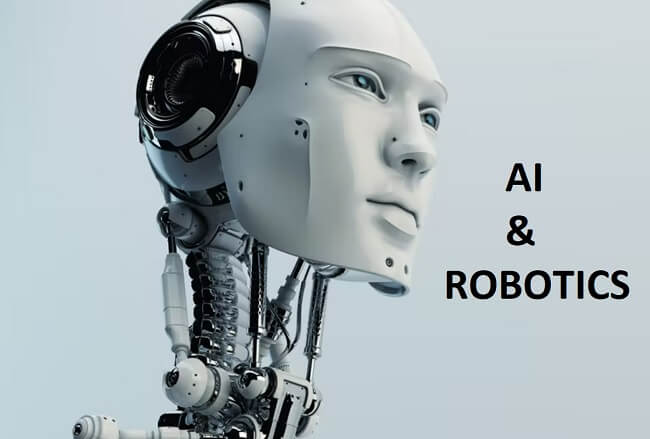While the material covered in this chapter so far may appear to be far removed from the factory floor it is useful for providing insight into the operation of robotic systems in the future and in the function of sensory systems such as vision.
One of the problems involved with vision systems is the representation of data within the system. Rather than store pictures of the parts within the vision systems memory, certain features about the objects are stored, such as perimeter, area, number of holes, and so on.
As systems become more complex and begin to be able to deal in crowded three-dimensional environments it will require greater intelligence on the part of the vision system.
Techniques have been developed which allow vision systems to recognize specific types of objects (such as blocks) even when jumbled together.
These systems rely heavily on search minimization methods to increase their processing speed.
Another promising area is research into task level programming. Rather than program the robot to make each required motion, it will be possible to make statements such as ‘Pick up the big red block.’
A program called SHRDLU, developed in 1971 , allowed an operator to converse with a robot which lived in a world of blocks and pyramids.
SHRDLU was able to respond and to plan out tasks. For example, if the red block was under a green block, SHRDLU would move the green block and set it down before getting the red block.
Factories are, in fact, limited environments. This constrains the number of problems which must be solved to make robot intelligence practical.
| Read More Topics |
| Textual robot languages |
| Robot language structure |
| Uses of sensors in robotics |
| Methods of robot programming |






